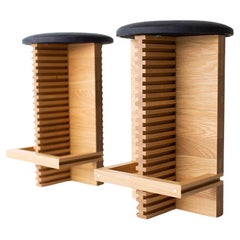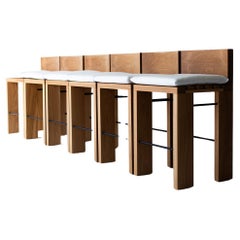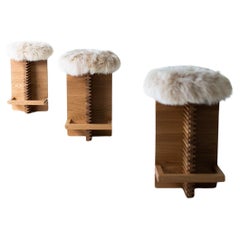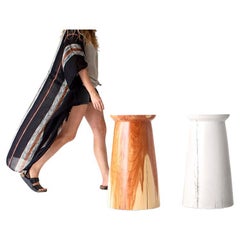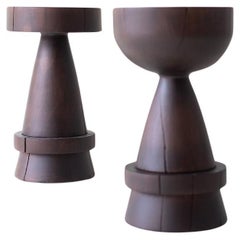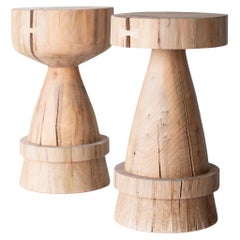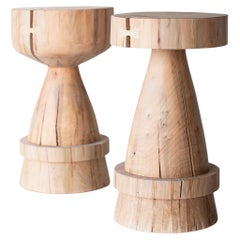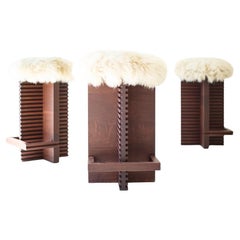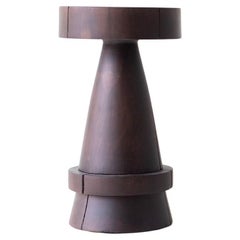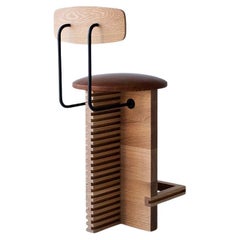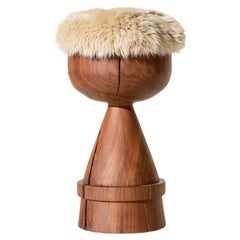Bertu Counter
2010s American Modern Stools
Wood, Oak
2010s American Modern Stools
Wood, Oak
2010s American Modern Stools
Sheepskin, Wood, Oak
2010s American Modern Stools
Oak
2010s American Modern Stools
Wood, Cedar
2010s American Modern Stools
Wood, Walnut
2010s American Modern Stools
Wood, Maple
2010s American Modern Stools
Wood, Maple
2010s American Modern Stools
Walnut
2010s American Modern Stools
Wood, Walnut
2010s American Modern Stools
Oak
2010s American Organic Modern Stools
Walnut
2010s American Organic Modern Stools
Walnut
2010s American Organic Modern Stools
Walnut
2010s American Modern Dining Room Chairs
Oak
2010s American Modern Stools
Walnut
2010s American Modern Stools
Walnut
Recent Sales
2010s Modern Stools
Oak
2010s American Modern Stools
Oak
People Also Browsed
2010s European Decorative Boxes
Onyx
21st Century and Contemporary American Fireplaces and Mantels
Iron
21st Century and Contemporary American Other Ottomans and Poufs
Fabric
Early 20th Century French Mid-Century Modern Wall Lights and Sconces
Aluminum, Steel
Vintage 1980s French Aubusson Tapestries
Wool
Vintage 1960s Dutch Mid-Century Modern Screens and Room Dividers
Fabric, Oak
2010s Italian Modern Vases
Ceramic
21st Century and Contemporary Italian Chandeliers and Pendants
Glass
Vintage 1970s Mid-Century Modern Lounge Chairs
Leather
21st Century and Contemporary Guatemalan Modern Coffee and Cocktail Tables
Wood
2010s Mexican Modern Side Tables
Marble
21st Century and Contemporary Balinese Modern Chaise Longues
Wood
2010s Italian Armchairs
Textile
2010s South African Modern Dining Room Chairs
Ceramic, Upholstery, Walnut
21st Century and Contemporary French Beaux Arts Tables
Ceramic
2010s French Modern Wall Lights and Sconces
Brass
Bertu Counter For Sale on 1stDibs
How Much is a Bertu Counter?
A Close Look at Modern Furniture
The late 19th and early 20th centuries saw sweeping social change and major scientific advances — both of which contributed to a new aesthetic: modernism. Rejecting the rigidity of Victorian artistic conventions, modernists sought a new means of expression. References to the natural world and ornate classical embellishments gave way to the sleek simplicity of the Machine Age. Architect Philip Johnson characterized the hallmarks of modernism as “machine-like simplicity, smoothness or surface [and] avoidance of ornament.”
Early practitioners of modernist design include the De Stijl (“The Style”) group, founded in the Netherlands in 1917, and the Bauhaus School, founded two years later in Germany.
Followers of both groups produced sleek, spare designs — many of which became icons of daily life in the 20th century. The modernists rejected both natural and historical references and relied primarily on industrial materials such as metal, glass, plywood, and, later, plastics. While Bauhaus principals Marcel Breuer and Ludwig Mies van der Rohe created furniture from mass-produced, chrome-plated steel, American visionaries like Charles and Ray Eames worked in materials as novel as molded plywood and fiberglass. Today, Breuer’s Wassily chair, Mies van der Rohe’s Barcelona chair — crafted with his romantic partner, designer Lilly Reich — and the Eames lounge chair are emblems of progressive design and vintage originals are prized cornerstones of collections.
It’s difficult to overstate the influence that modernism continues to wield over designers and architects — and equally difficult to overstate how revolutionary it was when it first appeared a century ago. But because modernist furniture designs are so simple, they can blend in seamlessly with just about any type of décor. Don’t overlook them.
Finding the Right Stools for You
Stools are versatile and a necessary addition to any living room, kitchen area or elsewhere in your home. A sofa or reliable lounge chair might nab all the credit, comfort-wise, but don’t discount the roles that good antique, new and vintage stools can play.
“Stools are jewels and statements in a space, and they can also be investment pieces,” says New York City designer Amy Lau, who adds that these seats provide an excellent choice for setting an interior’s general tone.
Stools, which are among the oldest forms of wooden furnishings, may also serve as decorative pieces, even if we’re talking about a stool that is far less sculptural than the gracefully curving molded plywood shells that make up Sōri Yanagi’s provocative Butterfly stool.
Fawn Galli, a New York interior designer, uses her stools in the same way you would use a throw pillow. “I normally buy several styles and move them around the home where needed,” she says.
Stools are smaller pieces of seating as compared to armchairs or dining chairs and can add depth as well as functionality to a space that you’ve set aside for entertaining. For a splash of color, consider the Stool 60, a pioneering work of bentwood by Finnish architect and furniture maker Alvar Aalto. It’s manufactured by Artek and comes in a variety of colored seats and finishes.
Barstools that date back to the 1970s are now more ubiquitous in kitchens. Vintage barstools have seen renewed interest, be they a meld of chrome and leather or transparent plastic, such as the Lucite and stainless-steel counter stool variety from Indiana-born furniture designer Charles Hollis Jones, who is renowned for his acrylic works. A cluster of barstools — perhaps a set of four brushed-aluminum counter stools by Emeco or Tubby Tube stools by Faye Toogood — can encourage merriment in the kitchen. If you’ve got the room for family and friends to congregate and enjoy cocktails where the cooking is done, consider matching your stools with a tall table.
Whether you need counter stools, drafting stools or another kind, explore an extensive range of antique, new and vintage stools on 1stDibs.
